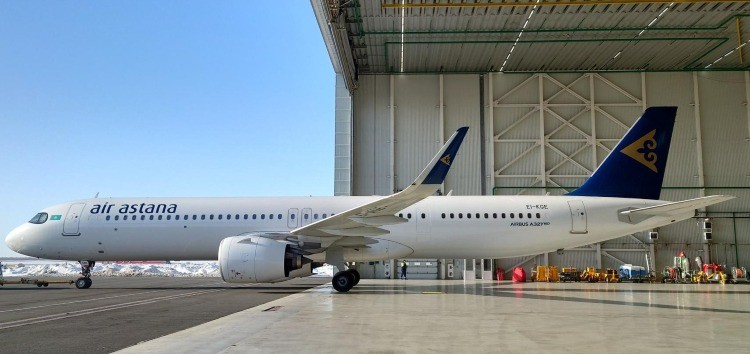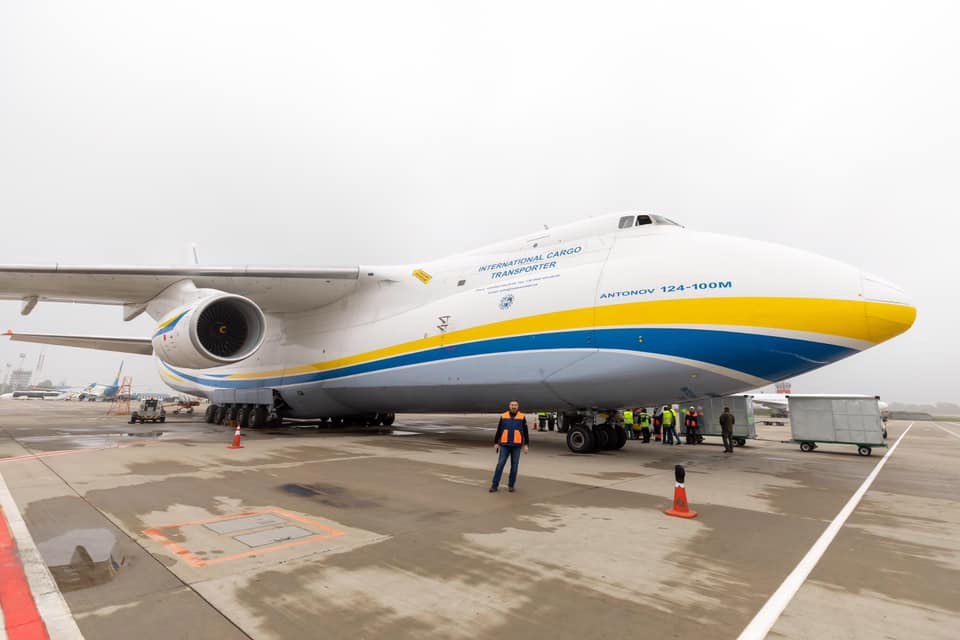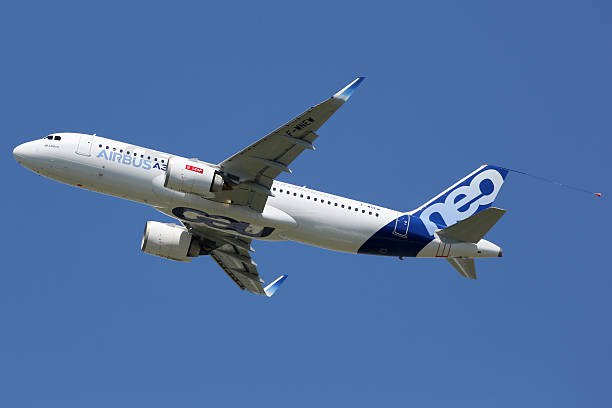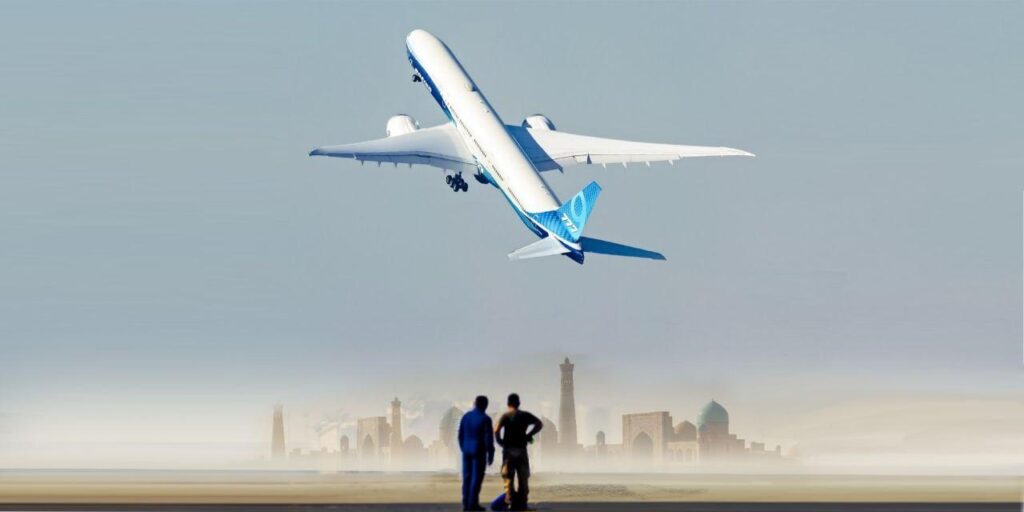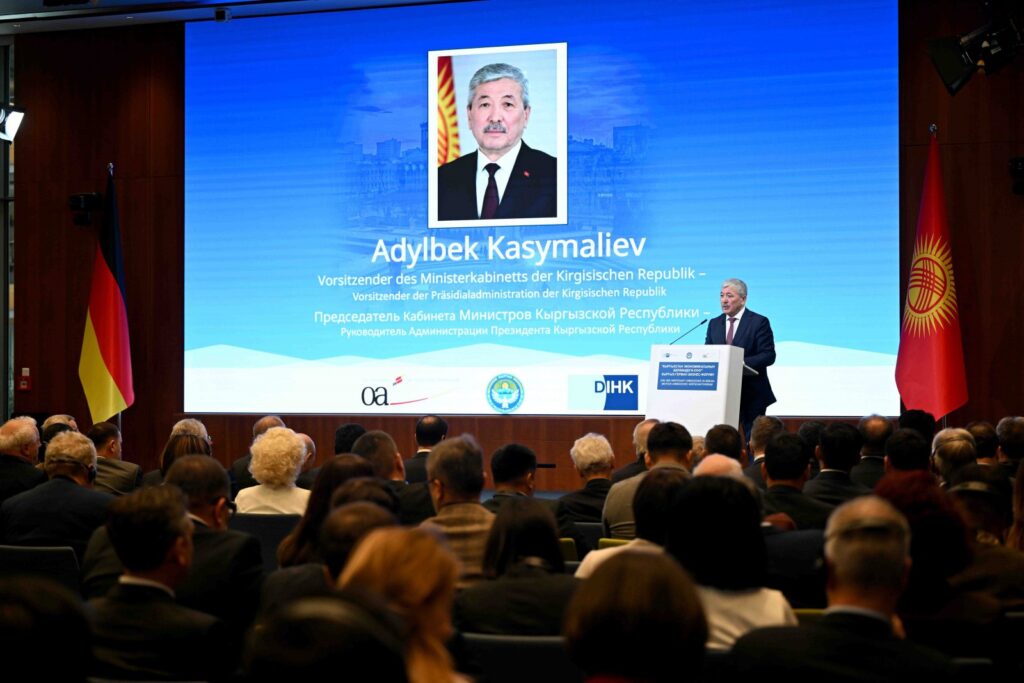On June 20, Chairman of the Board of Kazakhstan’s national oil and gas company KazMunayGas (KMG) Askhat Khasenov attended a meeting with the management of the American company LanzaJet and the Japanese investment company Mitsui to discuss the production of SAF (Sustainable Aviation Fuel) in Kazakhstan.
SAF is an environmentally-friendly version of Jet-1 fuel that reduces carbon emissions by 80%.
According to KMG, a preliminary feasibility study for the possible construction of a SAF production facility in Kazakhstan has already been completed by KMG and Air Astana with financial assistance from the European Bank for Reconstruction and Development (EBRD). The next stage is developing a feasibility study for the actual implementation of the project.
Air Astana is currently exploring the use of SAF by its air fleet. Regarding the concept of low-carbon development, the share of SAF consumption by the airline company will gradually increase to 5% by 2040, 15% by 2050, and 25% by 2060.
Three large oil refineries owned by KazMunayGas are ready to produce Jet A-1 aviation fuel, which could be mixed with SAF in the future.
LanzaJet recently opened LanzaJet Freedom Pines Fuels in the US, the world’s first SAF production facility, with plans to produce 1 billion gallons of SAF by 2030.
